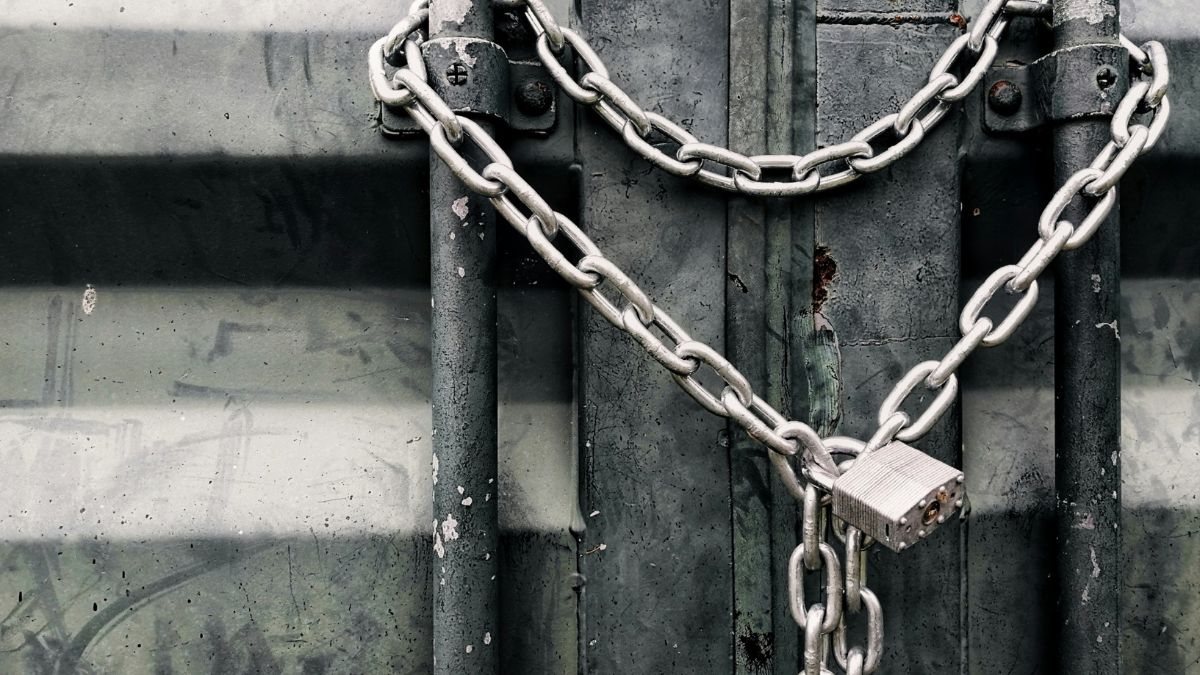

Arts, Media, and Entertainment
Fact or Fiction?
Three years after its original release, Dan Brown’s novel The Da Vinci Code is riding a whole new wave of publicity. With the recent plagiarism trial in Great Britain and the upcoming release of the film adaptation, the book is making headlines all over again. So it’s an especially good time to arm ourselves with facts about The Da Vinci Code. And I highly recommend Dr. Ken Boa’s DVD Unraveling the Da Vinci Code and his soon-to-be released book, The Gospel According to the Da Vinci Code. Boa, who is one of the most accomplished Christian thinkers I know, has done extensive research on The Da Vinci Code. He says that we need teaching tools like these because so many people have a tendency to confuse fact and fiction—even when we know that what we’re reading is just a novel. In this case, Dan Brown encourages that delusion with an author’s note in the book stating that “all descriptions of artwork, architecture, documents, and secret rituals in this novel are accurate.” So the average reader with little background in theology, history, or art is likely to come away from the book believing that the Christian Church, out of a hatred for all things feminine, has deliberately been hiding the truth about Jesus’ identity and His relationship with Mary Magadalene. The odd thing is, Dan Brown claims on his website to be a Christian, “although,” he adds, “perhaps not in the most traditional sense of the word.” But as Ken Boa points out, the negative impression of the Church that Brown’s readers receive is no accident. The book itself claims that the secret it supposedly reveals is “so powerful that . . . it threatened to devastate the very foundation of Christianity.” Brown’s agenda in this book, Boa charges, is no less than “the deconstruction of Christianity.” On the evidence that Boa presents, it’s a fair charge. Why else would Brown fudge so many of his supposedly “accurate” facts—facts that can be easily checked? From the correct spelling of the titles of paintings; to the colors, techniques, and materials used in those paintings; even to the name of the artist around whom the book revolves, Brown commits error after error. And his errors don’t stop with art. He gets all kinds of details wrong about both Church history and secular history. Brown is even wrong about the tenets of Gnosticism, the religion he’s really pushing here. Brown presents Gnosticism as a religion that glorifies the body, and Christianity as one that considers the body to be evil. In reality, as an examination of the New Testament and Gnostic documents will show, it’s exactly the other way around. Gnosticism, in fact, considers all matter, including the human body, evil. That’s why, while Christianity emphasizes the incarnation of Jesus, Gnosticism doesn’t even believe in it. I don’t have enough time here to go into all the facts shared by Boa, which is why I urge you to get his DVD Unraveling the Da Vinci Code and the book The Gospel According to the Da Vinci Code and then see for yourself what the facts are. Then, make sure you talk to your friends and neighbors who have read The Da Vinci Code or who plan to see the movie. Make sure they aren’t taken in by what is, in the end, pure mischief and fiction.
04/24/06















